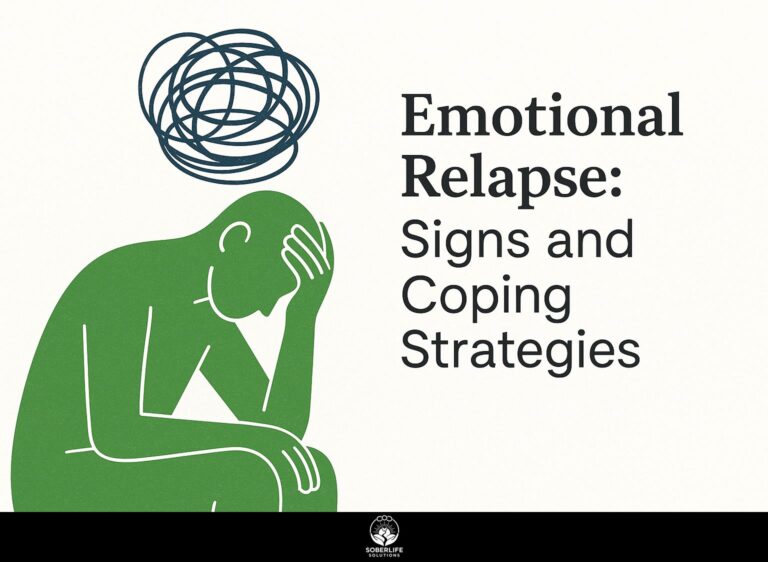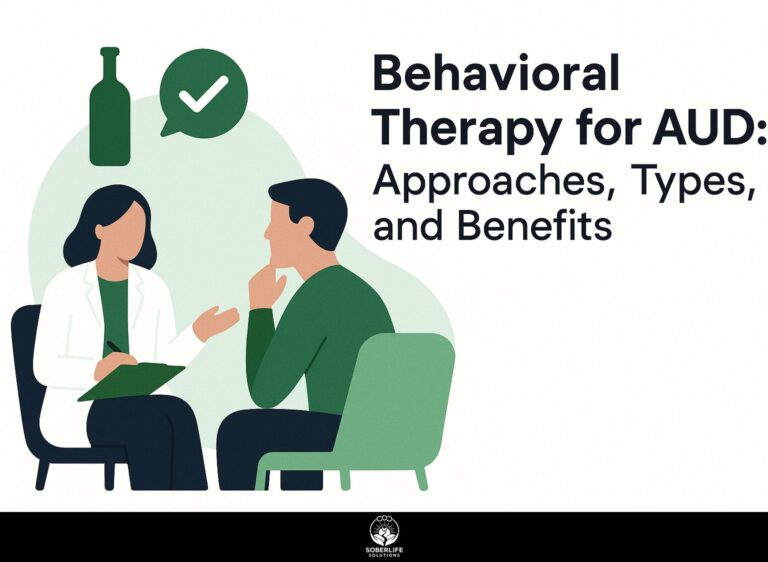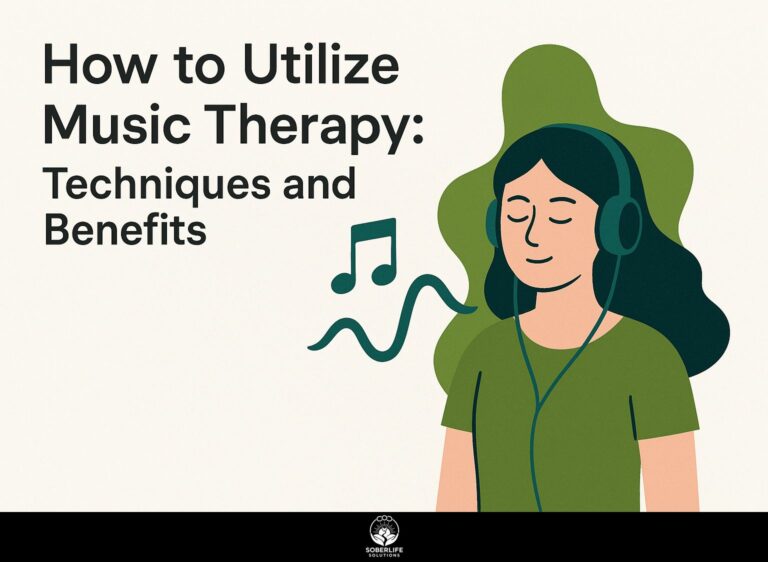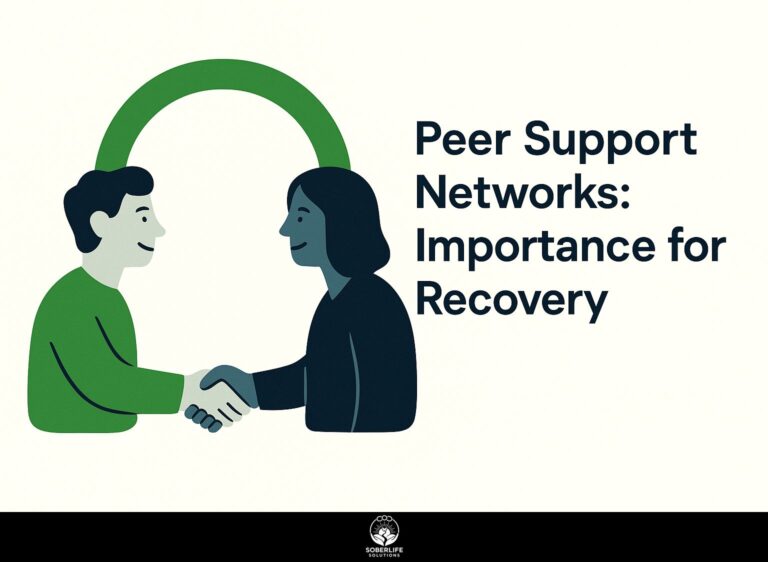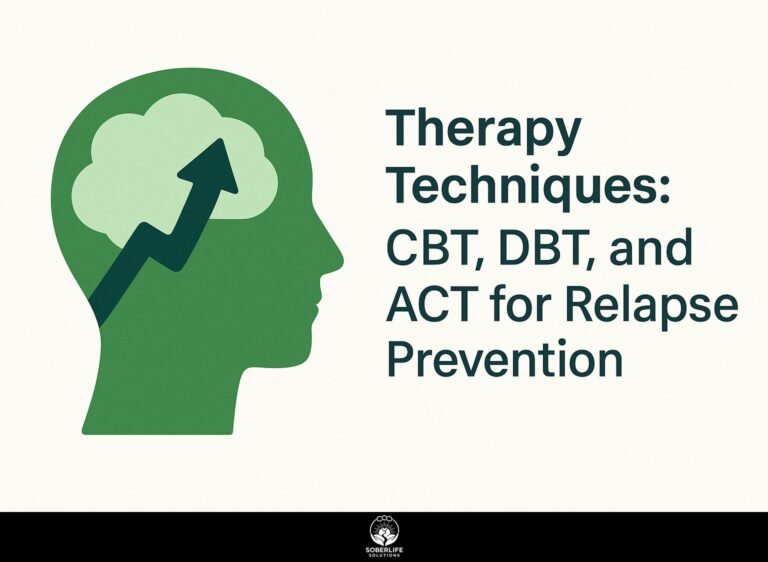Therapy Techniques: Role and Impact on Relapse Prevention
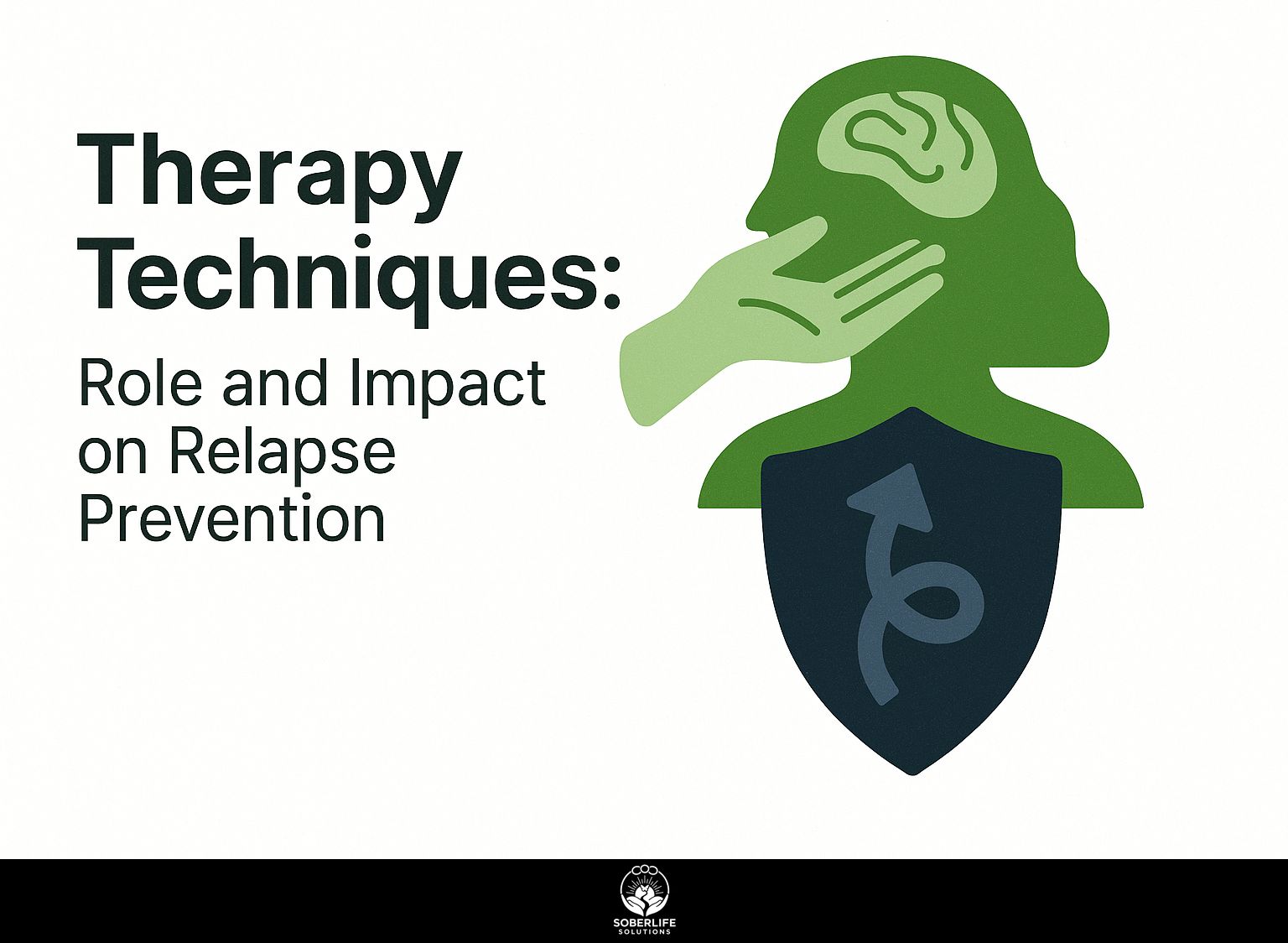
**Introduction to Therapy Techniques** Preventing relapse is an important part of alcohol treatment, particularly when dealing with challenging situations. Marlatt and Gordon have influenced what we know about successful methods at the Bleuler Psychotherapy Center, highlighting the need for coping abilities and building confidence in oneself. This article looks at different therapy methods, their part in recovery, and how they can greatly lower the chance of relapse, offering helpful information for those wanting long-term change.
Key Takeaways:
Understanding Relapse Prevention
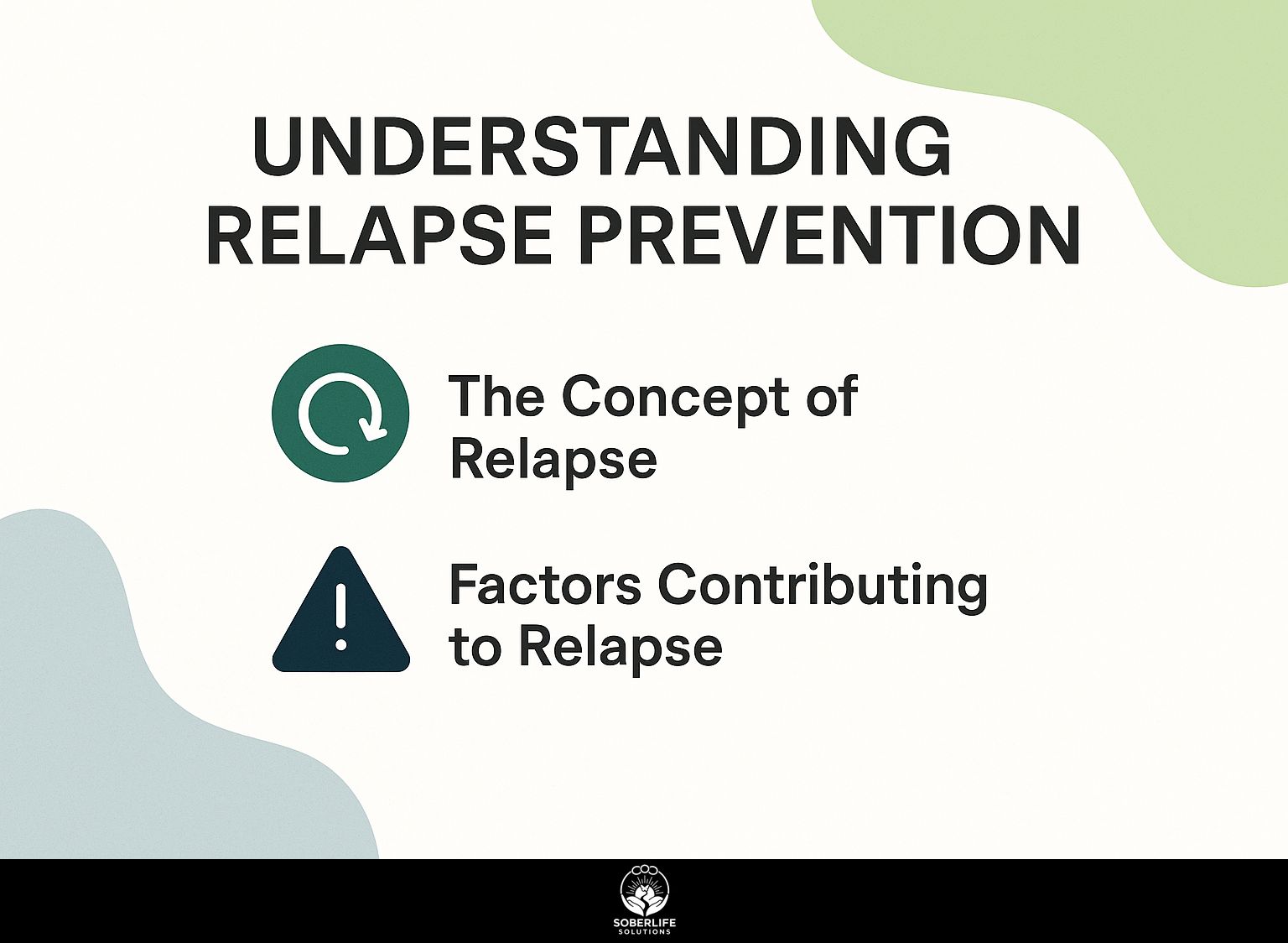
Relapse prevention is a planned method that helps people stay away from situations that can lead them back to using substances. A comprehensive plan can be crucial, and it’s worth exploring the key components of an effective relapse prevention plan.
The Concept of Relapse
Relapse is defined as a return to substance use after a period of abstinence, which can occur in 40-60% of individuals recovering from addiction.
Knowing about the abstinence violation effect (AVE) is important for creating successful recovery plans. This psychological phenomenon occurs when a person believes that a lapse indicates failure, leading to feelings of shame and further substance use. According to Psychology Today, understanding and overcoming AVE can significantly bolster recovery efforts.
To lower AVE, people can treat themselves kindly, view relapse as an opportunity to get better, and participate in support groups such as SMART Recovery.
Tools like relapse prevention plans and journaling triggers can be actionable steps to reinforce growth and resilience in the face of setbacks.
Factors Contributing to Relapse
Social pressure and feeling negative can greatly increase the chance of falling back into old habits.
For instance, individuals may encounter triggers in social settings, such as parties where substances are present, leading to a higher probability of relapse. To address this, improving social supports is key-spending time with friends who promote sobriety or joining support groups can help resist these pressures. Understanding and managing relapse triggers is essential for maintaining recovery.
Addressing lifestyle factors like stress management through mindfulness practices or regular exercise can improve emotional resilience.
Research indicates that people who join community support programs on a regular basis can reduce their relapse rates by half, highlighting the need for a well-planned approach. In fact, a study published on ScienceDirect demonstrates the significant impact of social support on substance abuse relapse, reinforcing the importance of effective social networks in recovery.
Common Therapy Techniques
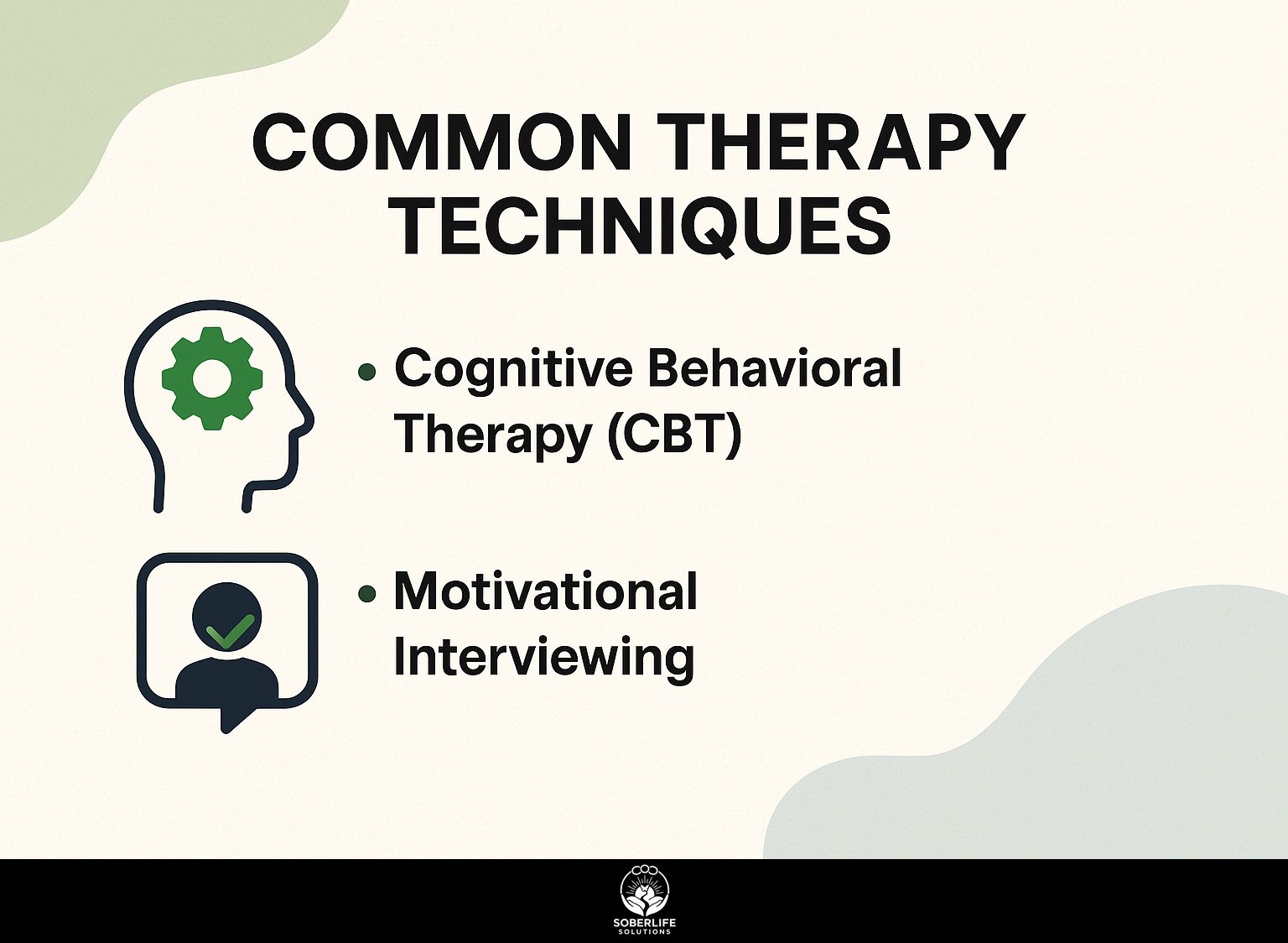
Therapists often use methods such as Cognitive Behavioral Therapy (CBT) and Motivational Interviewing (MI) when treating alcohol use disorders. This approach is further enhanced by exploring specific Cognitive-Behavioral Therapy techniques for AUD recovery, which offer targeted strategies to support treatment.
Cognitive Behavioral Therapy (CBT)
Cognitive Behavioral Therapy (CBT) addresses negative thought patterns and modifies behaviors, showing a 50% reduction in relapse rates among participants.
To effectively implement CBT, start by identifying cognitive distortions such as overgeneralization or catastrophizing.
Next, reorganize these ideas by questioning if they are true and substituting them with more fair viewpoints. Tools like thought records can help track these changes.
Develop coping skills such as mindfulness or problem-solving techniques to manage stress and prevent relapse.
These strategies help build resilience and give people the tools to handle upcoming challenges better, an approach supported by extensive research from Verywell Mind on CBT’s efficacy in treating addiction.
Motivational Interviewing
Motivational Interviewing (MI) is effective in increasing a person’s confidence, leading to improved recovery outcomes and a 70% increase in participation rates.
Key principles of MI include open-ended questions, affirmations, reflective listening, and summarizing.
Asking questions like “What change would you like to see in your life?” encourages more meaningful discussions.
A case study highlighted a client facing substance use issues who showed a strong will to stay sober after several Motivational Interviewing sessions, recognizing their own reasons for wanting to change.
By using reflective listening, the counselor made the client feel heard, which improved their confidence and helped them stick to treatment plans more reliably.
Role of Therapy in Relapse Prevention
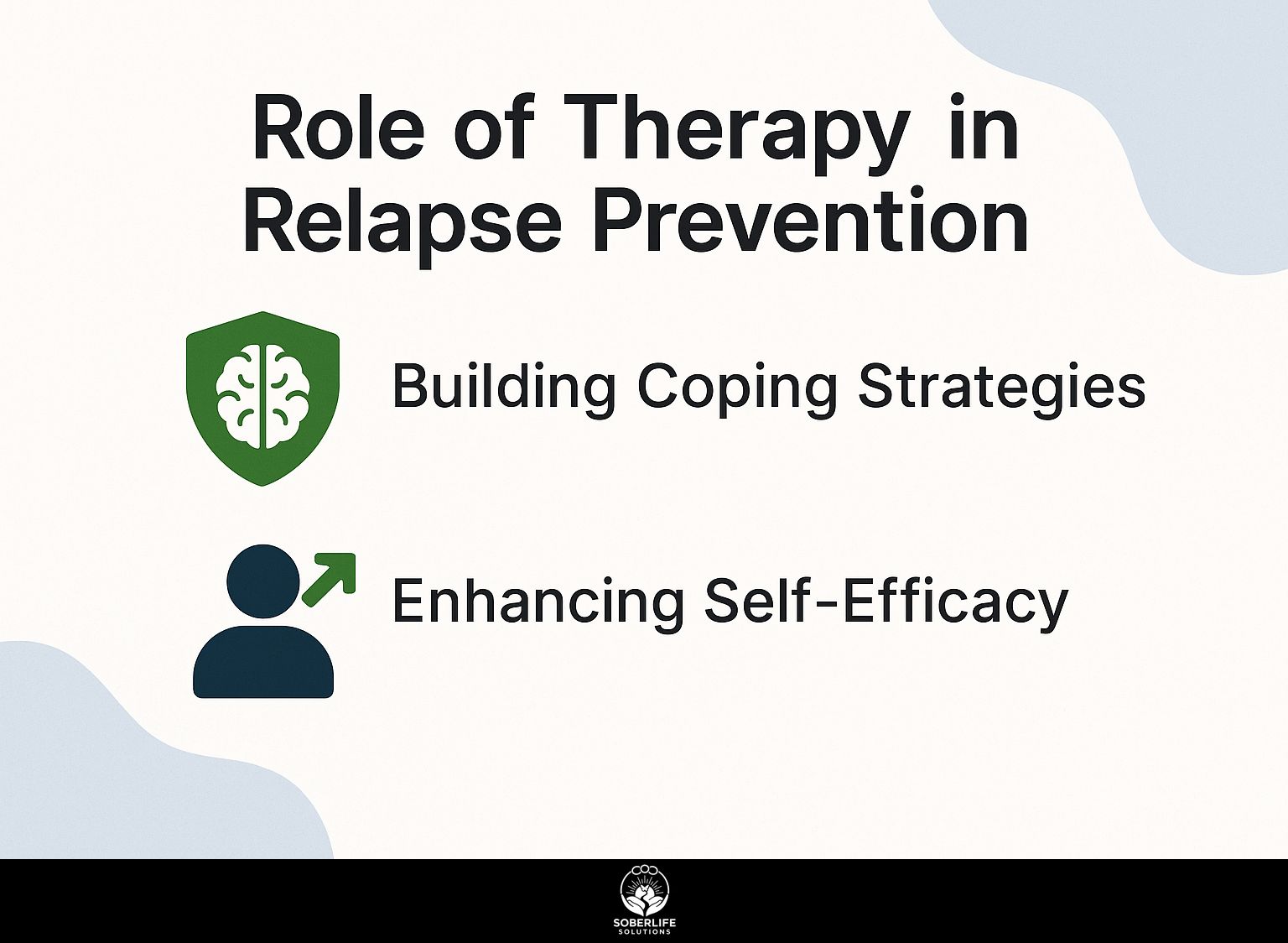
Therapy is important in preventing relapse by developing strong coping methods and increasing confidence in people who are recovering. For those interested in exploring effective coping mechanisms further, our insights into emotional health during addiction recovery offer valuable strategies.
Building Coping Strategies
Effective coping strategies, such as stimulus control techniques and urge-management strategies, can significantly reduce relapse risk during recovery.
To improve these strategies, think about using cognitive restructuring and self-monitoring practices.
Cognitive restructuring involves identifying and challenging negative thoughts that trigger cravings. For example, keep a journal to document your thoughts and replace them with positive affirmations.
Self-monitoring entails tracking your feelings and behaviors, which has been shown to decrease relapse rates by up to 30%. Use tools like mood tracking apps or a simple diary.
These methods provide a strong system for handling triggers and increasing resilience.
Enhancing Self-Efficacy
Enhancing self-efficacy through positive reinforcement and skill development has been shown to improve long-term recovery rates by up to 40%.
To effectively increase self-confidence, set clear and achievable objectives, like finishing a simple task each day. Celebrating these small victories-like journaling your feelings or attending a support group-reinforces a sense of accomplishment.
Utilizing tools like habit trackers can visualize progress, further motivating you. Techniques like positive affirmations, where you repeat supportive phrases, can also help increase your confidence.
By using these methods in therapy, people can build a stronger belief in their ability to recover and grow personally.
Impact of Therapy on Long-Term Recovery
The effect of therapy on long-term recovery can be assessed by looking at different factors, such as how many people continue with the treatment and their self-reported improvements in quality of life. An interesting aspect of therapy in recovery is the use of neurofeedback, which offers benefits in addiction recovery. One of our most insightful case studies demonstrates how neurofeedback therapy enhances these treatment outcomes.
Measuring Success in Therapy
Success in therapy can be measured through outcome expectancies, with studies showing that 90% of clients report increased satisfaction and reduced cravings after 12 weeks.
To effectively evaluate therapy outcomes, consider tracking key metrics like:
- Relapse rates, which indicate ongoing challenges;
- Client feedback surveys that capture emotional and cognitive shifts;
- Behavioral assessments to measure changes in habits or routines.
For instance, using tools like the Outcome Questionnaire (OQ-45) can help gather quantitative data on client progress. Regular follow-up sessions let therapists change treatment plans based on direct feedback, keeping the process in line with clients’ changing needs.
Challenges in Therapy for Relapse Prevention
Although helpful, therapy for preventing relapse has some problems, like difficulty managing emotions and keeping clients involved.
Therapists can tackle these challenges by employing specific strategies.
Mindfulness exercises and breathing techniques can be included in sessions to help clients control their stress levels.
To improve client involvement, using goal-setting techniques helps clients feel responsible; for example, therapists can motivate clients to make a personal plan that includes reachable goals.
Regular feedback loops, where clients discuss their progress and struggles, can help maintain motivation.
Establishing a trusting therapeutic alliance is essential-this can be facilitated through active listening and validating clients’ feelings.
Frequently Asked Questions
What is the role of therapy techniques in relapse prevention?
Therapy methods are important in preventing relapse because they teach people how to handle triggers and deal with problems that might cause a relapse.
What are some common therapy techniques used in relapse prevention?
Some common therapy techniques used in relapse prevention include cognitive-behavioral therapy, motivational interviewing, and mindfulness-based therapies.
How do therapy techniques impact relapse prevention?
Therapy techniques help individuals identify and address underlying issues that may contribute to substance use, develop healthy coping strategies, and build self-awareness and self-efficacy, all of which can greatly impact relapse prevention.
Are therapy techniques effective in preventing relapse?
Research has shown that therapy techniques are highly effective in preventing relapse, as they address both the psychological and behavioral aspects of addiction and provide individuals with the tools and support they need to maintain their recovery.
Can therapy techniques be used in combination with other treatment methods?
Yes, therapy techniques can be used along with other treatment methods, such as medication, support groups, and lifestyle changes, to create a complete approach to preventing relapse.
How can I access therapy techniques for relapse prevention?
Therapy techniques can be accessed through various settings, including individual sessions with a therapist, group therapy, and online programs. It is important to find a treatment plan and approach that works best for you and your unique needs.

